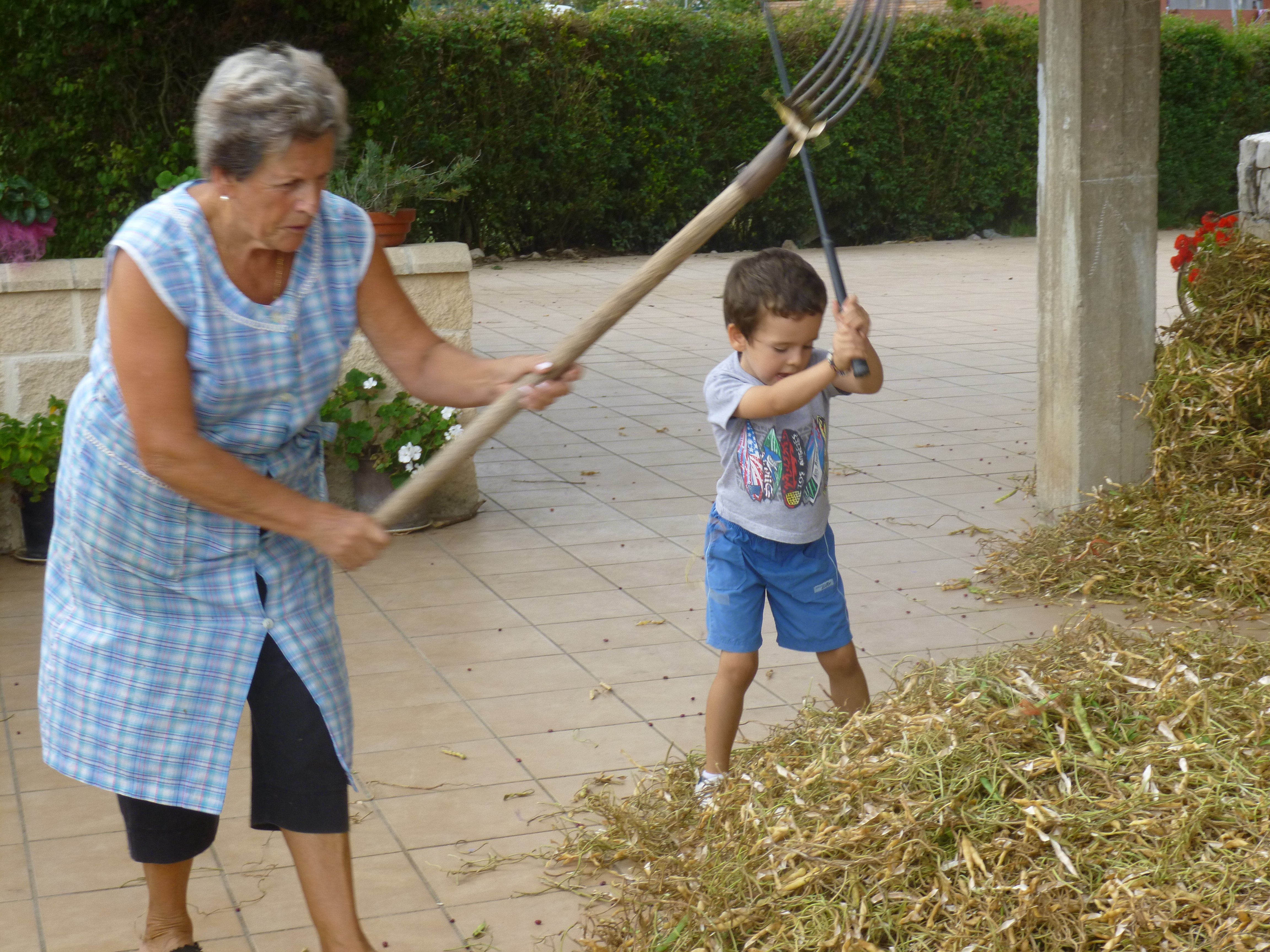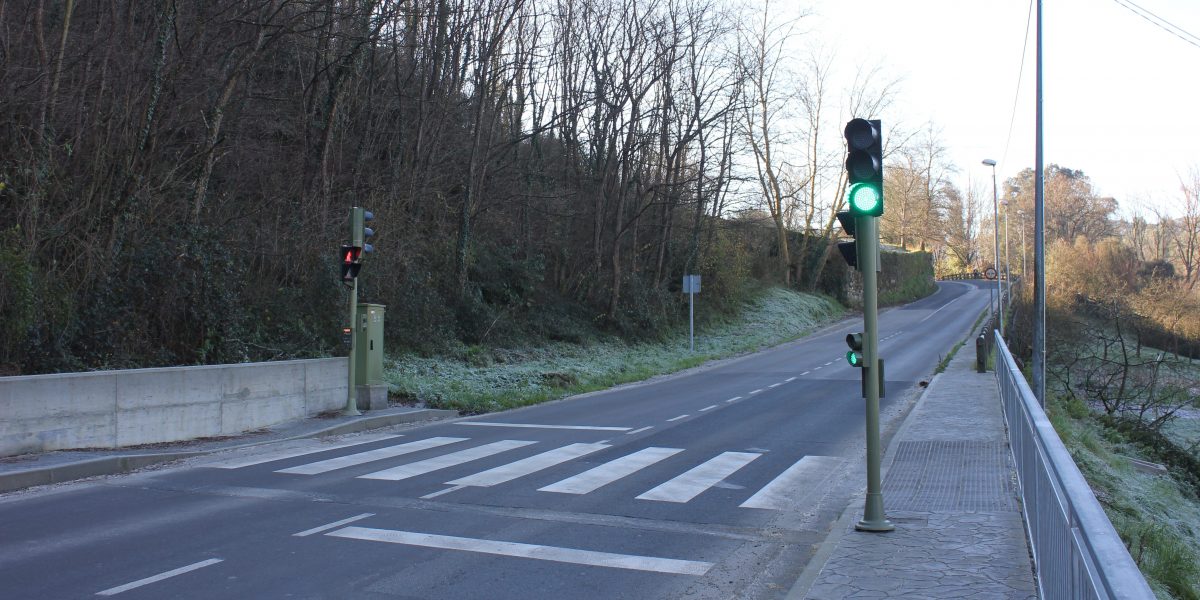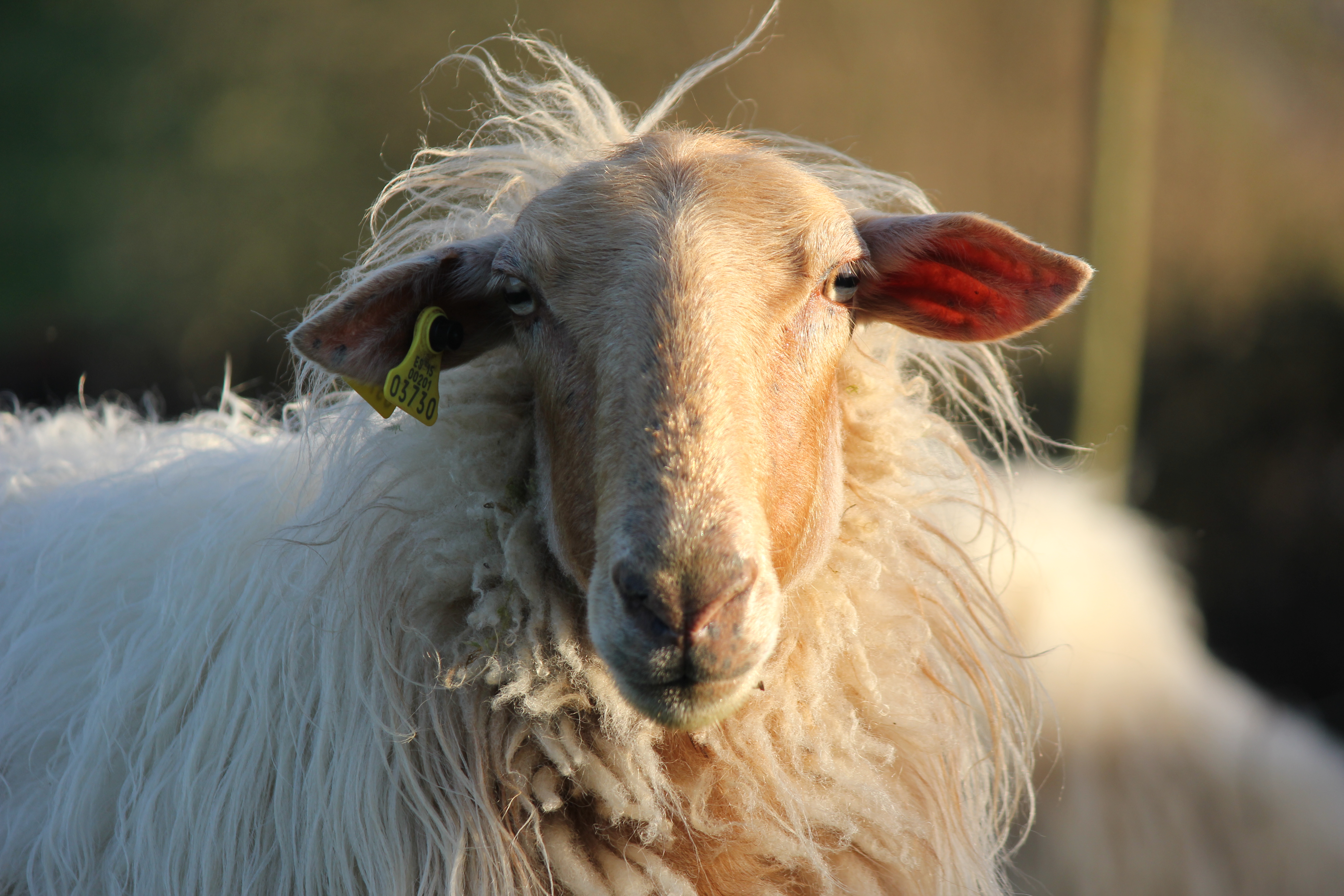Archives
The purpose of signalling devices like the lights in the photograph is well known to us all. Those in particular are the first traffic lights in the Valley of Carranza (Bizkaia), where I live, a once eminently rural area. The signals in question are part of the so-called ‘urban furniture’. Street lamps were installed several decades ago, to the delight of bats watching their nightly helping of food flutter to the light. Later came a few pavements, and down in the middle of the Valley, away from the reign of the cows, some ‘zebra crossings’ were painted. (more…)

Grandmother threshing dry beans with her grandson. Akaitze Kamiruaga. Labayru Fundazioa Photographic Archive.
My father could well have been born in the Neolithic on the basis of his experience in fire matters, a sustainable use of wild living resources, his woodworking skills or the knowledge he possesses of certain farming techniques. Until electric light came to the house when he was a young boy, fire was the only form of lighting and cooking. The use of electricity to produce light entailed a genuine revolution, and every other new development sprang from it, including the move to digital technology. Unleashed by mechanisation, major transformations happened at the beginning of the 1960s, when I was born. My earliest pictures show a child perched on a cart drawn by a pair of oxen. My grandfather lived the days ox-carts were made entirely of wood, without metal parts, carts that he himself built for fellow neighbours. Many of my old schoolmates are industrial dairy farmers now; some of them even resort to robots for milking their cattle. Since the dawn of agriculture until my father’s childhood years, advances in the rural world had occurred at a steadily increasing pace, nothing like the exponential growth experienced in the transit from his generation to mine. (more…)




